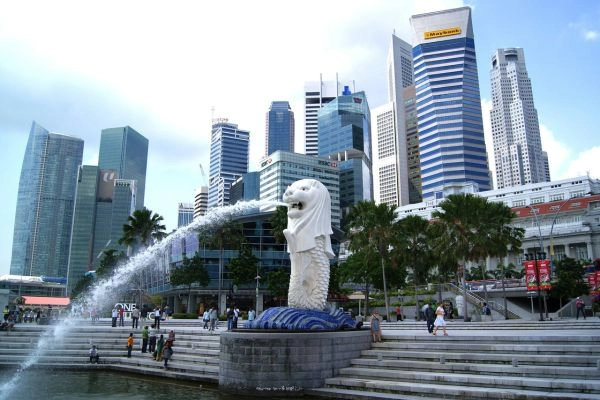A Practical Guide to ISSB S1 and S2 for Singapore Companies

As Singapore prepares for mandatory climate-related disclosures, the ISSB S1 and S2 standards are at the heart of what businesses need to understand. These two standards, developed by the International Sustainability Standards Board (ISSB), form the global foundation for sustainability and climate reporting.
For Singaporean companies, especially those listed on SGX or qualifying as large non-listed entities, getting familiar with ISSB S1 and S2 is no longer optional. It’s essential.
What Are ISSB S1 and S2?
ISSB S1: General Requirements for Disclosure of Sustainability-Related Financial Information
This standard sets the foundation. It requires companies to disclose material sustainability-related risks and opportunities across environmental, social, and governance dimensions that could reasonably affect their financial performance and enterprise value.
ISSB S2: Climate-Related Disclosures
This is the climate-specific layer. It requires disclosures aligned with four core pillars:
- Governance of climate-related risks and opportunities
- Strategy, including scenario analysis and transition planning
- Risk Management practices
- Metrics and Targets, including greenhouse gas emissions (Scope 1, 2, and eventually Scope 3)
S2 is where the climate disclosure roadmap in Singapore draws its structure. It builds upon the TCFD framework but with stricter, standardised expectations.
What Singapore Companies Need to Know
- These are mandatory for many: SGX-listed companies must comply with S2-aligned climate disclosures from FY2025. Large non-listed companies will follow from FY2027, with limited assurance phasing in by FY2027/2029.
- Materiality must be reassessed: Unlike financial reporting, sustainability materiality can be more dynamic and business-specific. S1 requires you to determine what ESG issues truly affect enterprise value now and in the future.
- You’ll need data from multiple sources: From emissions data to board-level climate governance, ISSB-aligned reporting will require collaboration across finance, operations, HR, and legal. It’s a cross-functional lift.
- Scope 3 planning starts now: While Scope 3 reporting is not yet mandatory, companies are expected to prepare. Data availability, supply chain coordination, and methodology selection take time.
How to Get Started
- Map your current disclosures to ISSB’s four pillars.
- Identify data gaps, especially around Scope 1 and 2 emissions, governance structures, and forward-looking risk analysis.
- Establish internal controls and documentation trails, especially for assurance readiness.
- Train key teams on materiality, climate risk, and ISSB requirements.
- Consider your tech stack: How are you collecting, structuring, and validating ESG data?
How Speeki Supports ISSB-Aligned Reporting
Speeki’s ESG platform is built with ISSB S1 and S2 in mind. We help you:
- Track and calculate Scope 1 and 2 emissions with automation
- Build structured, export-ready disclosures aligned with ISSB and SGX expectations
- Manage governance and accountability workflows
- Prepare for assurance through Speeki Guardian®, our independent limited assurance service
Whether you’re reporting for the first time or refining existing disclosures, Speeki helps you stay ahead of compliance and deliver trusted reports.
Singapore’s alignment with ISSB S1 and S2 puts local companies on the global ESG map. The earlier you start aligning your strategy, controls, and data to these standards, the smoother your path to compliance and leadership will be.
Want to see how prepared your company is for ISSB S1 and S2? Contact us for a readiness check or guided platform demo.

.webp)


